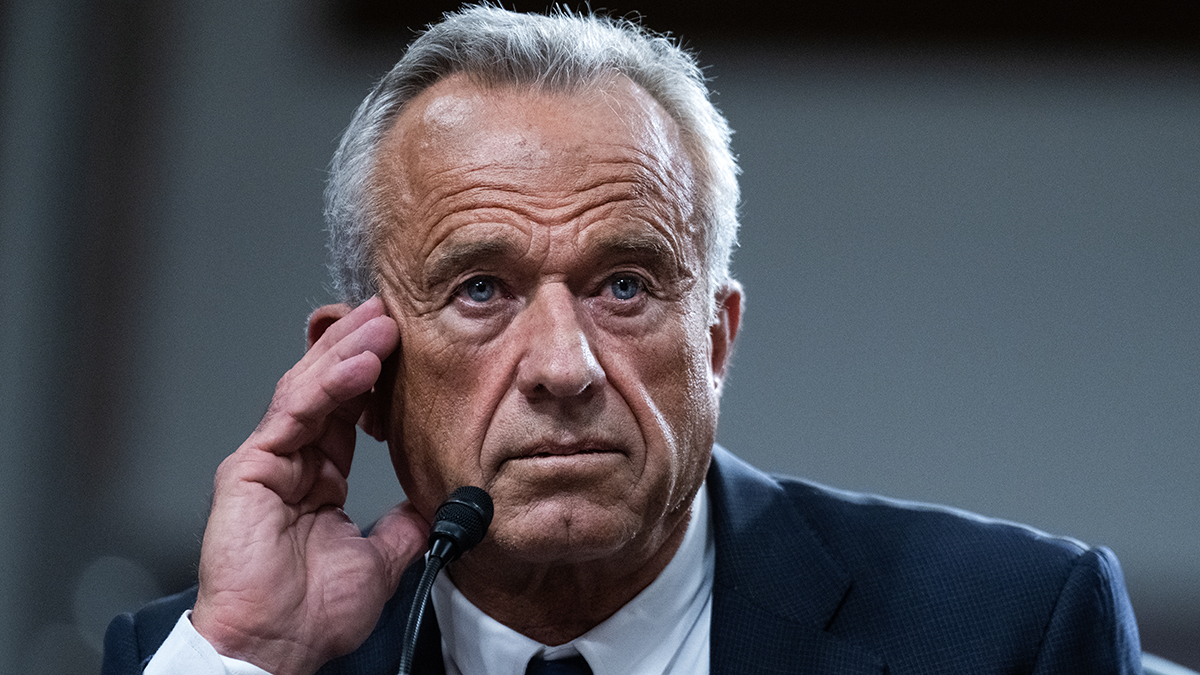Trump's "Spiffy" Easter Egg Roll: Memories & More!
Trump's "Spiffy" Easter Egg Roll: A Look Back at the White House Tradition
Introduction: More Than Just Eggs and Bunnies
Remember Easter Egg Rolls at the White House? They're a time-honored tradition, a slice of Americana as comforting as apple pie and as exciting as... well, finding that golden egg! One particular year, under President Donald Trump, the event took on its own unique flavor. So, what made this "spiffy" Easter Egg Roll stand out?
The President's "Spiffy" Stamp of Approval
President Donald Trump welcomed tens of thousands of guests to the White House lawn, acknowledging the overcast sky as a blessing in disguise, saving everyone from potential sunburn. But what really caught the eye was his comment about how "spiffy" everything looked. It's a unique word, right? A little old-fashioned, perhaps, but undoubtedly conveying approval. What exactly made it so "spiffy" though?
A Nod to the National Park Service
The President took a moment to thank the National Park Service. Think about it: maintaining the White House grounds for such a massive event is no small feat! The vibrant greens, the meticulously arranged activity stations – all that effort contributes to the overall "spiffy" impression.
Estimating the Crowd: Tens of Thousands of Eager Participants
More than 40,000 people were expected to participate. That's like a small city descending upon the White House lawn! Imagine the energy, the excitement, the sheer volume of egg-rolling enthusiasm! What logistical challenges would this present?
Managing the Masses: Security and Organization
Organizing an event of this size requires careful planning. Security protocols, crowd management, and ensuring everyone has a fun and safe experience are paramount. Have you ever tried coordinating a family gathering of 40? Now multiply that by a thousand!
A Presidential Greeting: Sunburns and Silver Linings
"Happy Easter to everyone," the President declared, flanked by First Lady Melania Trump and the ever-popular Easter Bunny. He even joked about the weather, noting the lack of sunburn risk. It's a reminder that even under gray skies, there's always a reason to celebrate. Don't you think finding humor in unexpected situations is a great quality?
The First Family's Presence: A Symbol of Unity
The presence of the President and First Lady adds a special touch to the event. It's a chance for the public to connect with the leaders of the country in a more relaxed and informal setting. Seeing them participate in the festivities reinforces a sense of national unity.
The Egg Roll in Action: A Presidential Whistle and Giggles Galore
The President and First Lady visited the egg roll area, where he blew a gold-tone whistle stamped with the presidential seal to start a few races. Can you picture it? A shiny gold whistle, the presidential seal gleaming, the air filled with anticipation... and then, the mad dash for the finish line! What could be more classically American?
The Power of Tradition: Why the Egg Roll Endures
The Easter Egg Roll is a tradition that spans generations. It's a chance for children to experience the magic of the White House and participate in a fun and festive activity. It also creates lasting memories for families. Don't you think that traditions give us a sense of belonging?
Melania's Literary Contribution: "Bunny with a Big Heart"
Melania Trump later read "Bunny with a Big Heart" at a reading area. This highlights the importance of literacy and kindness, two valuable messages for children. Imagine sitting at the First Lady's feet, listening to a heartwarming story. What a special experience!
Promoting Literacy: More Than Just a Story
Reading to children is crucial for their development. It expands their vocabulary, sparks their imagination, and fosters a love of learning. The First Lady's participation in the reading activity emphasizes the importance of literacy in a fun and engaging way. Is there anything more important than helping children grow into knowledgeable and thoughtful members of society?
Beyond the Egg Roll: Other Activities and Attractions
The White House Easter Egg Roll isn't just about rolling eggs. There are often other activities and attractions, such as arts and crafts, live music, and appearances by popular children's characters. These additions contribute to the overall festive atmosphere and provide entertainment for all ages. What are some activities that you would like to see at the White House Easter Egg Roll?
A Day of Fun for the Whole Family
The event is designed to be a fun and memorable experience for the whole family. From the youngest child to the oldest grandparent, there's something for everyone to enjoy. It's a chance to create lasting memories and celebrate the spirit of Easter. Isn't spending quality time with family the best gift of all?
Controversy and the Egg Roll: Navigating Public Opinion
Like any public event, the White House Easter Egg Roll can sometimes be subject to controversy. From logistical issues to political undertones, there are always potential challenges to navigate. How do you think event organizers balance tradition with public sentiment?
Maintaining Tradition in a Changing World
The White House Easter Egg Roll has evolved over time to reflect changing social norms and political climates. However, the core elements of the event – the egg roll, the Easter Bunny, and the celebration of Easter – have remained constant. It's a testament to the enduring power of tradition. Don't you think these traditions can adapt for future generations?
The Legacy of the "Spiffy" Easter Egg Roll
While details of specific years may fade with time, the overall memory of each White House Easter Egg Roll remains a snapshot of Americana, politics, and familial joy. It’s not just the eggs that are rolled, but memories and traditions handed down through generations. What will future Easter Egg Rolls look like?
Memories that Last a Lifetime
The White House Easter Egg Roll creates memories that last a lifetime. For the children who participate, it's an experience they'll never forget. For the adults who accompany them, it's a chance to relive their own childhood memories and create new ones with their families. Do you remember your first Easter Egg Hunt?
Conclusion: A "Spiffy" Tradition Continues
So, what made President Trump's Easter Egg Roll so "spiffy"? Perhaps it was the well-maintained grounds, the sheer scale of the event, or simply the President's unique way of expressing his approval. Whatever the reason, it was a memorable event that continued the long-standing tradition of the White House Easter Egg Roll, bringing joy and excitement to thousands of people. It was a reminder that, even amidst the complexities of national politics, there's still room for simple, wholesome fun.
Frequently Asked Questions
- What is the White House Easter Egg Roll?
The White House Easter Egg Roll is an annual event held on the South Lawn of the White House on Easter Monday. Children participate in egg rolling, egg decorating, and other activities.
- How do you get tickets to the White House Easter Egg Roll?
Tickets are free but distributed through an online lottery system. The lottery typically opens a few weeks before the event.
- What kind of activities are there at the Easter Egg Roll?
Activities typically include egg rolling races, egg decorating stations, story time, musical performances, and photo opportunities with the Easter Bunny.
- What is the history of the White House Easter Egg Roll?
The Easter Egg Roll dates back to 1878, when President Rutherford B. Hayes opened the White House grounds to children after egg rolling was banned on the U.S. Capitol grounds.
- Can adults participate in the egg rolling race?
While the egg rolling race is primarily for children, adults are welcome to attend the event and participate in other activities. In some cases, there are designated adult egg rolling areas.

